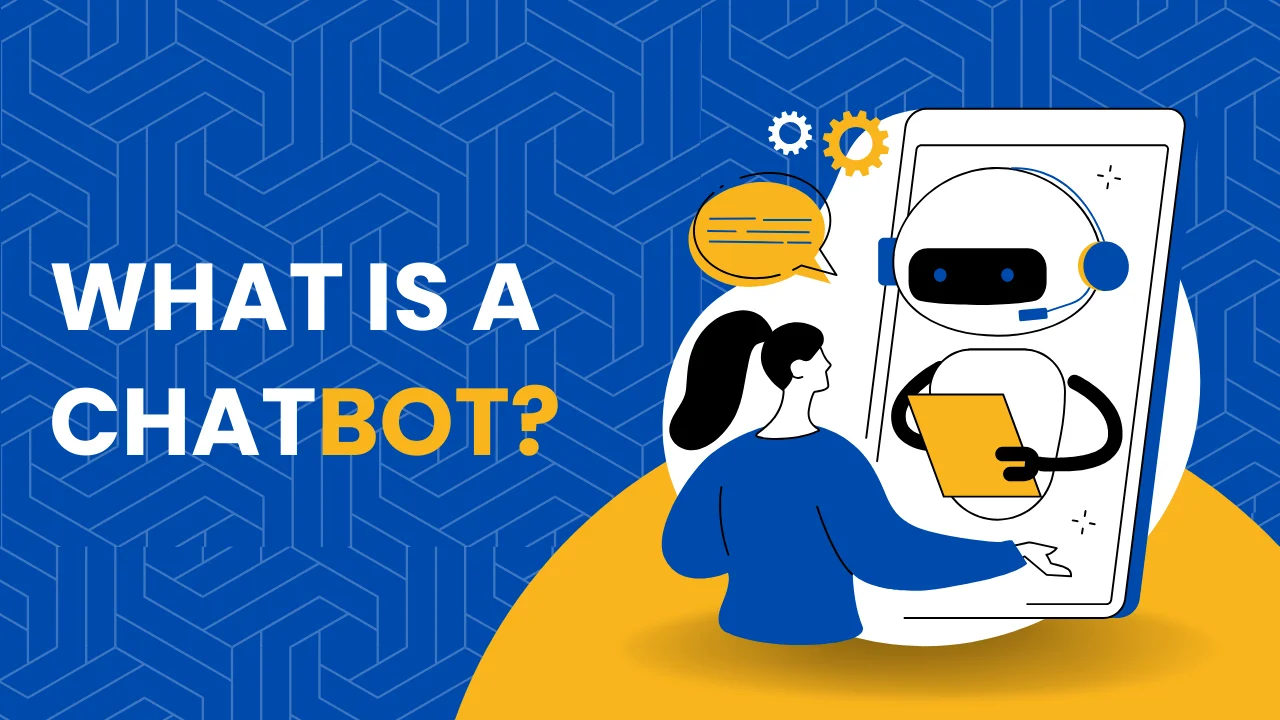In today’s digital world, businesses are constantly looking for ways to improve customer interactions, streamline operations, and boost efficiency. One of the most powerful tools that has emerged in recent years is the chatbot. From answering customer inquiries to automating sales processes, chatbots are revolutionizing the way businesses interact with their customers.
This comprehensive guide will explain what chatbots are, how they work, their benefits, and how business owners can leverage them to drive growth and customer satisfaction.
What is a Chatbot?
A chatbot is a software program designed to simulate human-like conversations with users through text or voice interactions. Chatbots can be integrated into websites, social media platforms, messaging apps, and customer service portals to provide real-time assistance.
Chatbots are powered by Artificial Intelligence (AI), Natural Language Processing (NLP), and machine learning algorithms to understand and respond to user queries. Some chatbots operate using predefined rules and scripts, while others use AI to improve their responses over time.
Types of Chatbots
There are two main types of chatbots, each serving different business needs:
1. Rule-Based Chatbots
These chatbots follow a predefined set of rules and scripts to respond to user inputs. They operate using decision trees, where users select from a list of options or ask simple questions that match predefined responses.
Pros:
- Easy to build and deploy
- Ideal for handling simple customer queries
- Cost-effective
Cons:
- Limited in understanding complex queries
- Cannot learn or improve responses over time
2. AI-Powered Chatbots
AI-driven chatbots use machine learning and NLP to understand user intent and provide more personalized responses. These chatbots can analyze past interactions, learn from user behavior, and adapt their responses accordingly.
Pros:
- Can handle complex conversations
- Improves over time with AI learning
- Provides a more human-like experience
Cons:
- More complex and expensive to develop
- Requires continuous training and data updates
How Chatbots Work
Chatbots function by processing user input, analyzing intent, and generating appropriate responses. Here’s a step-by-step look at how they operate:
1. User Input
The chatbot receives input from a user via text or voice.
2. Natural Language Processing (NLP)
AI-powered chatbots analyze and interpret user queries using NLP. This allows them to understand intent, sentiment, and context.
3. Response Generation
The chatbot generates a response based on predefined rules or AI-driven learning.
4. User Interaction
The chatbot delivers the response to the user and continues the conversation until the query is resolved.
5. Continuous Learning (AI Chatbots)
With AI and machine learning, chatbots analyze interactions and improve responses over time.
Benefits of Chatbots for Businesses
Chatbots offer numerous advantages that help businesses improve customer engagement, efficiency, and profitability. Here are the key benefits:
1. 24/7 Availability
Unlike human agents, chatbots provide round-the-clock support, ensuring customers receive immediate assistance at any time.
2. Improved Customer Experience
Chatbots deliver instant responses, reducing wait times and enhancing customer satisfaction.
3. Cost Savings
By automating customer support, businesses can save on labor costs while still providing high-quality service.
4. Lead Generation and Sales
Chatbots can capture leads, qualify prospects, and even assist in completing sales transactions.
5. Efficient Handling of Repetitive Tasks
Chatbots automate routine inquiries such as FAQs, order tracking, and appointment scheduling, freeing up human agents for complex issues.
6. Personalized Customer Interactions
AI-driven chatbots can analyze user preferences and tailor recommendations based on past interactions.
7. Scalability
Businesses can handle multiple customer interactions simultaneously without the need for additional human agents.
How to Implement a Chatbot for Your Business
Step 1: Define Your Chatbot’s Purpose
Identify the primary goal of your chatbot. Will it handle customer service, lead generation, sales, or all of the above?
Step 2: Choose the Right Chatbot Type
Decide whether a rule-based chatbot or an AI-powered chatbot suits your business needs.
Step 3: Select a Chatbot Platform
There are several chatbot-building platforms available, including:
- Chatfuel (Best for Facebook Messenger bots)
- ManyChat (Ideal for marketing automation)
- Dialogflow (Google-powered AI chatbot platform)
- IBM Watson Assistant (Enterprise-grade chatbot with AI capabilities)
- Zendesk Answer Bot (Best for customer support integration)
Step 4: Design Conversational Flows
Map out different conversation scenarios to ensure a smooth and engaging user experience.
Step 5: Integrate with Business Tools
Ensure your chatbot integrates seamlessly with your CRM, email marketing software, and other business applications.
Step 6: Test and Optimize
Run test scenarios, gather user feedback, and continuously improve chatbot performance.
Step 7: Monitor and Improve
Analyze chatbot interactions and make necessary adjustments based on user behavior and feedback.
Best Practices for Using Chatbots Effectively
- Keep Conversations Natural: Ensure the chatbot communicates in a friendly and conversational tone.
- Provide Quick and Relevant Responses: Avoid generic replies; ensure the chatbot delivers value.
- Allow Easy Escalation to Human Agents: If the chatbot cannot resolve an issue, provide users with the option to connect with a human representative.
- Regularly Update and Train AI Chatbots: Keep improving chatbot performance by analyzing interactions and refining responses.
- Monitor Performance Metrics: Track key performance indicators (KPIs) such as response time, user satisfaction, and chatbot engagement rates.
Future Trends in Chatbot Technology
As chatbot technology continues to evolve, businesses can expect new innovations, including:
- Voice-Powered Chatbots: Integration with voice assistants like Alexa and Google Assistant.
- AI-Powered Emotional Intelligence: Chatbots that recognize and respond to emotions.
- Hyper-Personalization: Advanced AI-driven customization based on user behavior.
- Chatbots for E-commerce: Enhancing online shopping experiences with product recommendations and order tracking.
Conclusion
Chatbots are transforming how businesses interact with customers, offering enhanced engagement, automation, and efficiency. Whether you’re looking to improve customer service, boost sales, or automate repetitive tasks, integrating a chatbot into your business strategy can provide a significant competitive advantage.
By understanding chatbot types, implementation strategies, and best practices, business owners can successfully leverage chatbots to grow their business and stay ahead in the digital landscape.
If you haven’t yet adopted chatbot technology, now is the time to explore how it can revolutionize your business operations!
